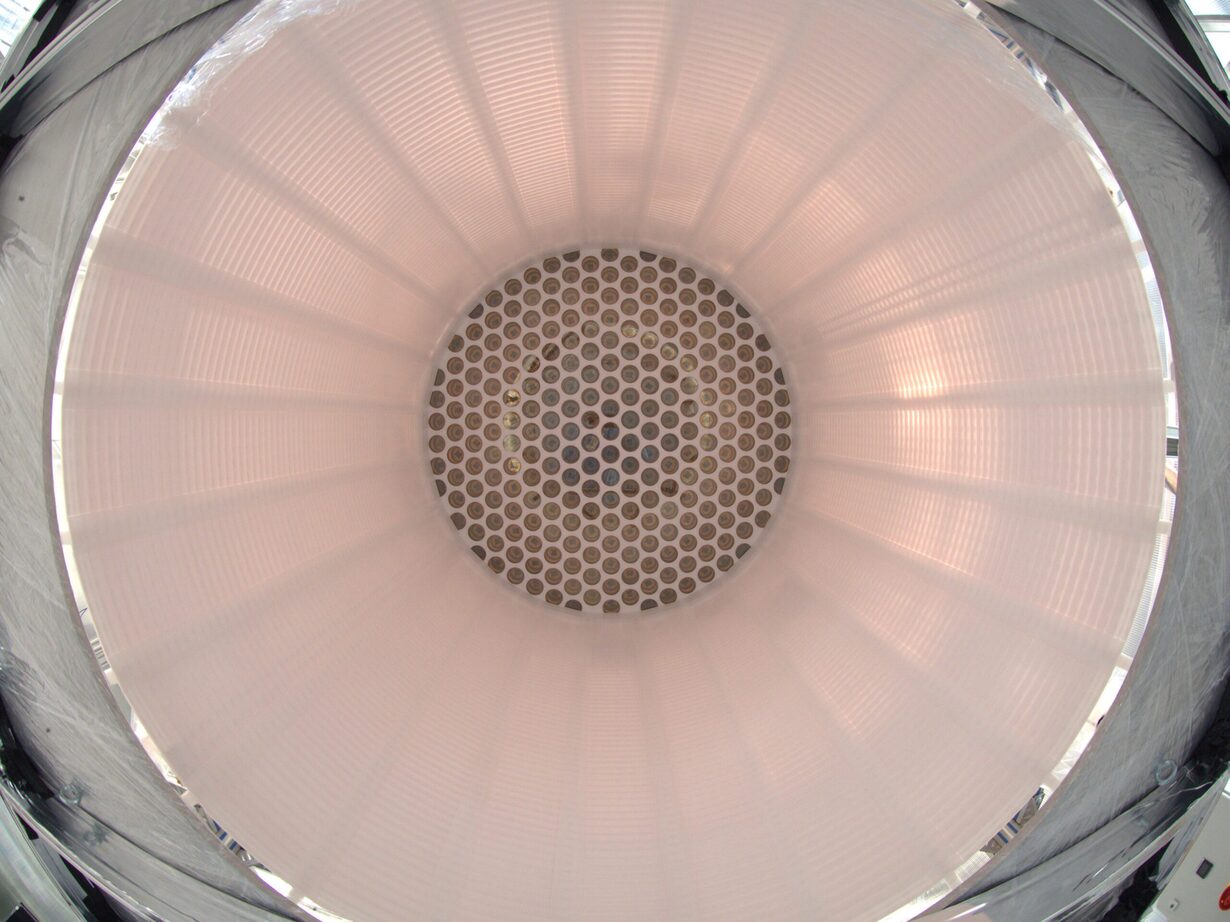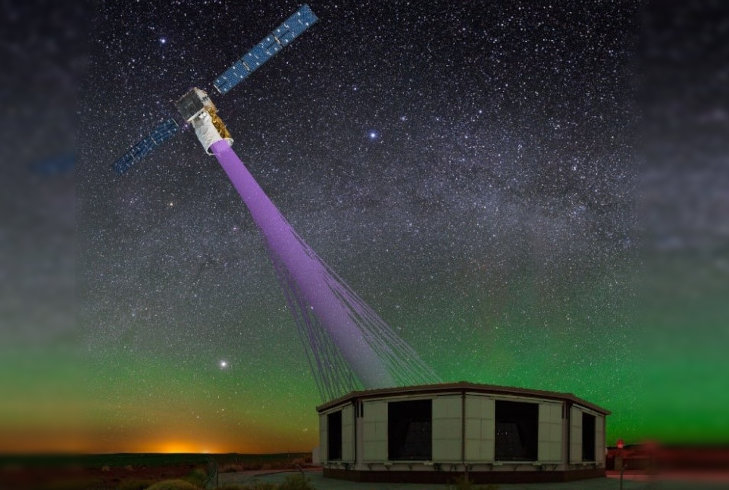The Program "Matter and the Universe" at KIT
The program Matter and the Universe is a major pillar of the KIT Center Elementary Particle and Astroparticle Physics, KCETA. It is embedded within the structure of the Helmholtz-Association and pursues program oriented research in the research field matter.
The program addresses key questions such as: What is matter made of, what are its basic building blocks? How did the universe come into being and how will it end? Physics has already found many answers, but not all questions have been solved: the enigmatic dark matter and the mysterious dark energy seem to have a decisive influence on the universe - only what is behind it is unclear. We also don't know why there is much more matter than antimatter in the universe - a fact to which we owe our existence.
Could these mysteries be related to the strangest of all elementary particles, the neutrino? Or are there hypothetical, as yet undiscovered elementary particles behind them, such as axions or supersymmetry particles? Even with fundamentally known phenomena, there are still many details to be clarified: How do superheavy chemical elements form when two stars collide? And where does the extremely high-energy cosmic radiation that constantly hits our planet come from?
Program Spokesperson (Helmholtz-level)
Prof. Dr. Ralph Engel (IAP)
Program Spokesperson (KIT-level)
Prof. Dr. Ralph Engel (IAP)
Dr. Andreas Haungs (IAP), Deputy
Program Management (Helmholtz-level)
Dr. Andreas Haungs (IAP)
Dr. Bianca Keilhauer (IAP)
Program Management (KIT-level)
Dr. Bianca Keilhauer (IAP)
Dr. Roman Hiller (IAP)
The following KIT-institutes contribute to the research program Matter and the Universe:
- Institute for Astroparticle Physics (IAP) and the Tritium Laboratory Karlsruhe (TLK)
- Institute for Data Processing and Electronics (IPE)
- Institute for Technical Physics (ITEP)
- Institute of Experimental Particle Physics (ETP)
- Institute for Theoretical Physics (ITP)
- Institute for Theoretical Particle Physics (TTP)
- Scientific Computing Center (SCC)
Selected examples of our recent research

First measurement of a nuclear recoil signal from solar neutrinos with XENONnT
More
Space-based laser measured from Earth
More
Next generation of analysis infrastructure for world-class particle physics research
More